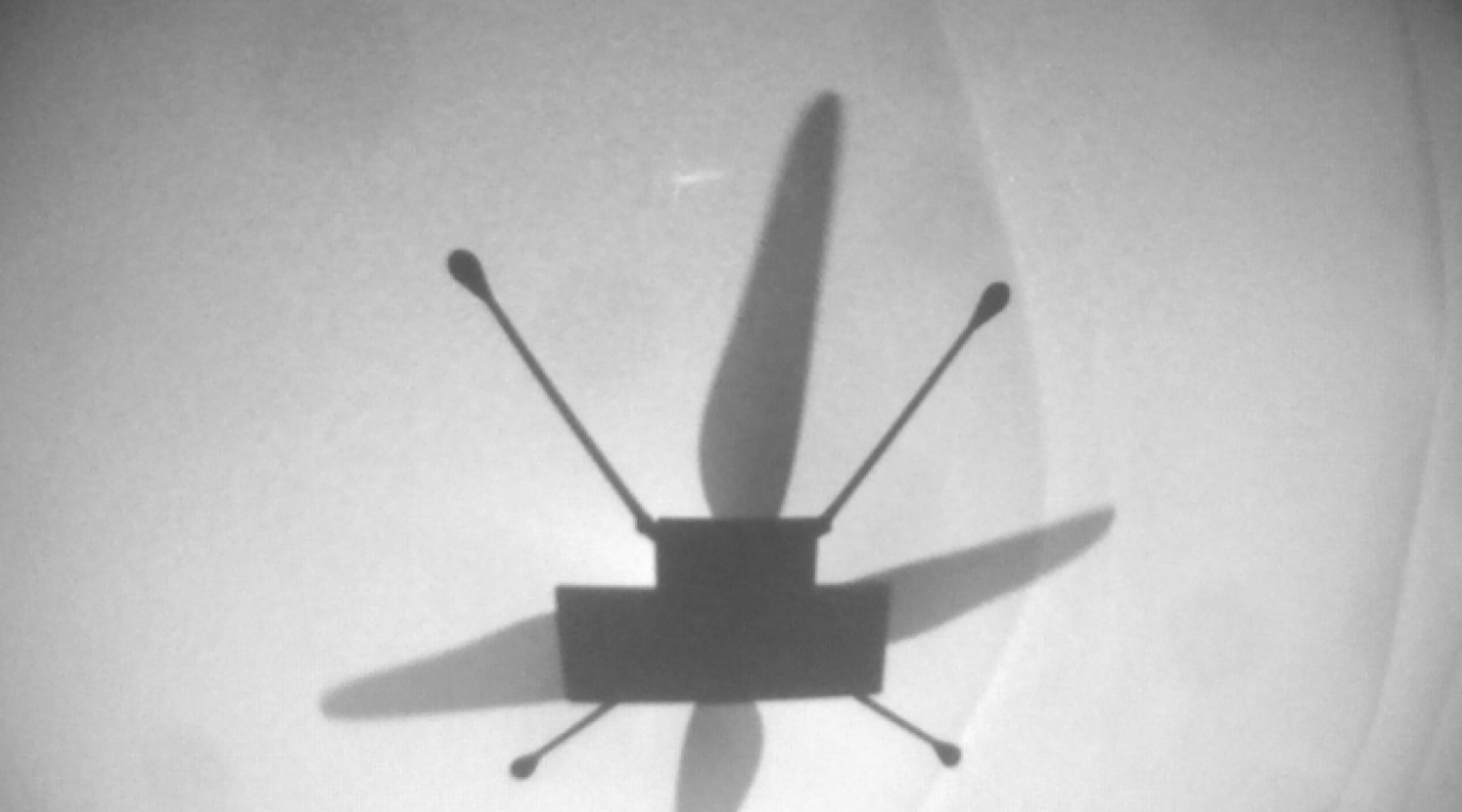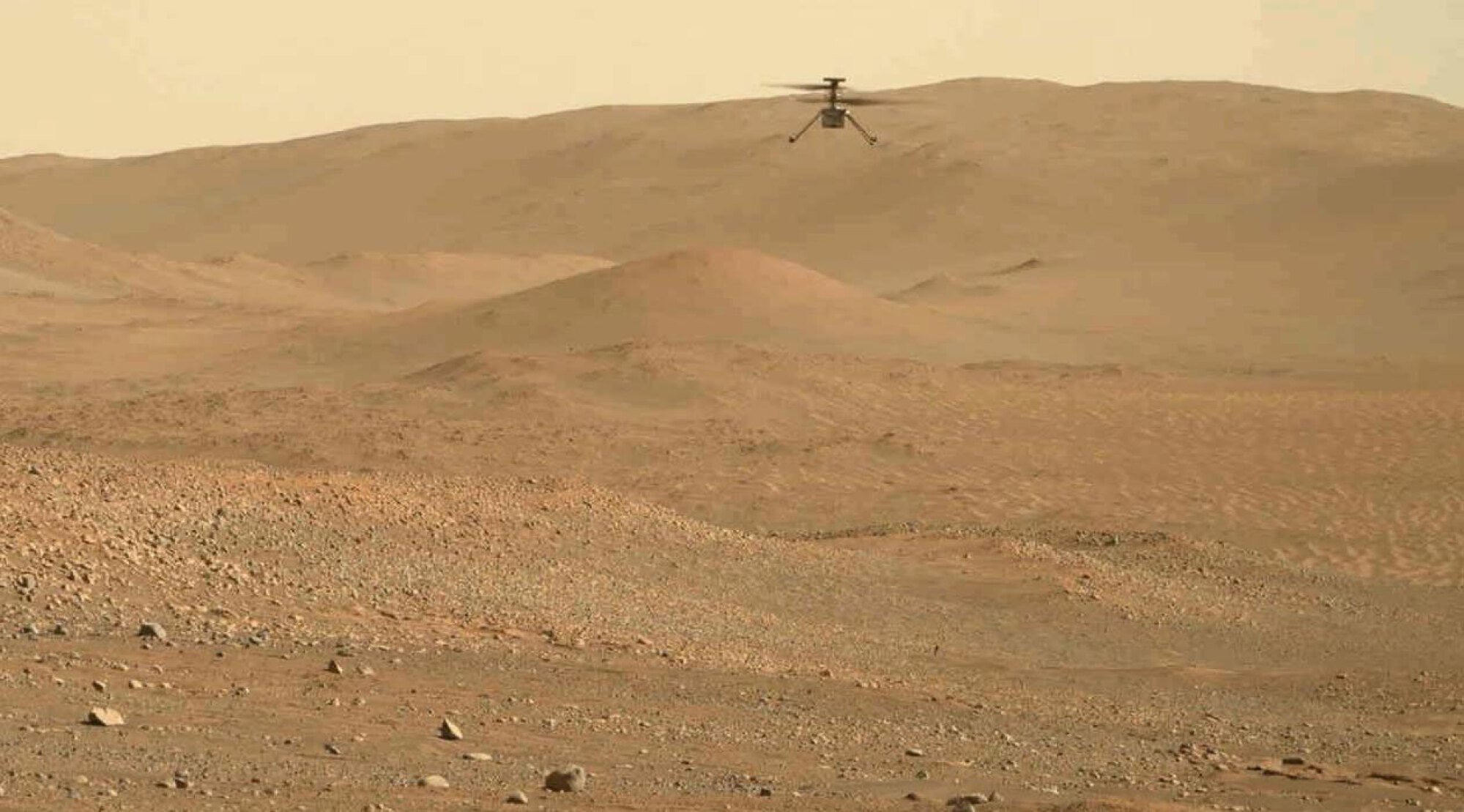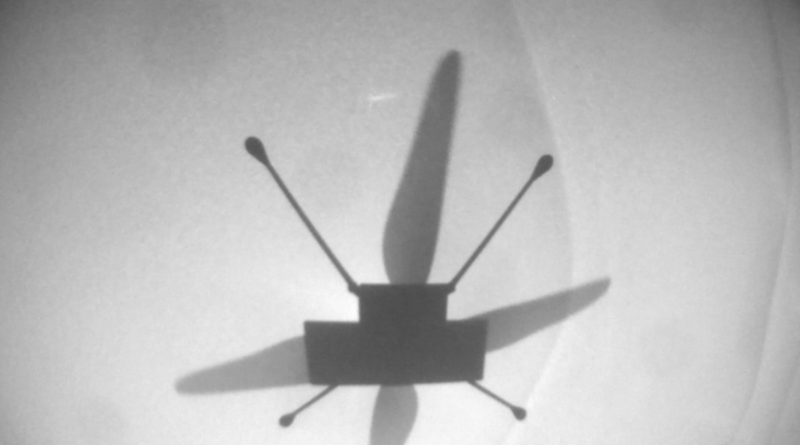NASA’s Mars helicopter just died. Here’s what happened.

It’s extraordinarily hard to fly on Mars. But NASA’s Ingenuity helicopter did it — 72 times.
On Jan. 25, NASA Administrator Bill Nelson gloomily announced that the helicopter’s 72nd flight was its final extraterrestrial trip. The first craft to ever make a powered, controlled flight on another planet damaged at least one of its essential four rotor blades, and cannot take flight again.
“It is bittersweet that I must announce that Ingenuity, the little helicopter that could — and it kept saying I think I can I think I can — well, it’s now taken its last flight,” Nelson said in a video posted to X, formerly Twitter.
The small, solar-powered, experimental craft flew for almost three years, logging over two hours of flight time over the Martian desert. It’s still alive, but hobbled.
“While the helicopter remains upright and in communication with ground controllers, imagery of its Jan. 18 flight sent to Earth this week indicates one or more of its rotor blades sustained damage during landing, and it is no longer capable of flight,” the space agency explained in a statement.
The helicopter’s final landing on Jan. 18 was “rough,” NASA explained. It was flying over smooth dunes, “relatively featureless terrain” that proved hard for the craft’s autonomous navigation system to track. You can see this terrain in the image below:


Over the years, Ingenuity overcame profoundly challenging flight conditions on Mars. Compared to Earth, the Martian atmosphere is quite thin. Its volume is about 1 percent of Earth’s, making it difficult to generate the lift needed for flight. To take to the air, Ingenuity spun four-foot-long rotor blades at a blazing 2,400 revolutions every minute. It flew distances as far as 2,315 feet.
Ingenuity served as a “scout” for NASA’s Perseverance rover, as the two Martian robots sleuthed for places that might have preserved signs of past primitive life on the Martian surface. This could mean telltale pieces of genetic material, or parts of a degraded cell.
So far, there’s no proof life ever existed on Mars — or anywhere beyond Earth, for that matter. But Ingenuity, which proved that flight in the harsh environs on Mars was possible, has set the stage for future aviation endeavors on the Red Planet.
“That remarkable helicopter flew higher and farther than we ever imagined and helped NASA do what we do best – make the impossible, possible,” Nelson said.


